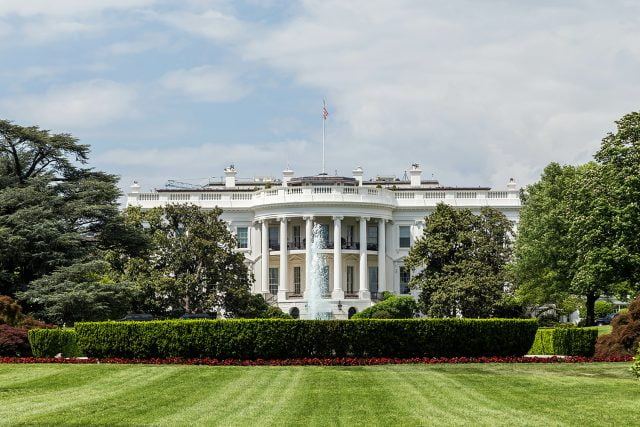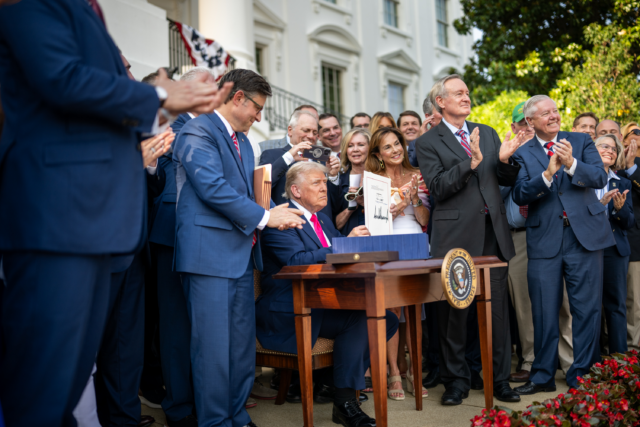
President Trump Opens the Door to Changing Retirement Distributions
Alicia H. Munnell is a columnist for MarketWatch and senior advisor of the Center for Retirement Research at Boston College.
Three changes to RMDs I’d like to see.
On August 31, President Trump signed an executive order to make it easier for small employers to offer 401(k)s through multiple-employer plans and to review the rules on required minimum distributions (RMDs). Expanding access to multiple employer plans is a good idea and a central component of the Retirement Enhancement and Savings Act of 2018, which is winding its way through Congress.
The recommendation regarding RMDs, however, seemed to come from left field. Left-field proposals mean we have to think about things that are not at the top of our agenda. So the question is whether the rules surrounding RMDs need fixing.
Under current law, holders of 401(k)s and traditional Individual Retirement Accounts (IRAs) are required to withdraw a percentage of their account balances each year once they reach 70½. This requirement assures that the money in these tax-favored saving accounts is used to provide income during retirement rather than to pass on wealth to heirs. The RMD is calculated so as to spread balances over the participants’ remaining lives. The penalty for failure to take an RMD is draconian – 50 percent of the amount that should have been withdrawn.
The intent of the RMD seems sensible to me. The Treasury forgoes tax revenues to encourage retirement saving; the balances in the retirement accounts should be used for this purpose. I don’t want to have to pay higher taxes so rich people can leave bigger estates.
That said, if I were in charge, I would make three changes to the RMDs. 1) Keep the life expectancy tables up to date. My understanding is that the tables were last updated in 2002, which means that people are currently living about one to two years longer than assumed in the calculation and taking out slightly too much money up front. The tables should be updated automatically, say, every five years. 2) Exempt holders of small account balances. The median 401(k)/IRA balance for households with a 401(k) approaching retirement is $135,000. Make a rule that households with total retirement account assets at 70½ less than $250,000 (indexed for inflation) are exempt from the RMD requirements. (Exempting small balances was suggested by Mark Iwry, a former Treasury official, and included in two of President Obama’s budget requests. Such a provision is also part of the current House tax bill). 3) Make the penalty less draconian. A 50-percent tax penalty is dramatically out of line with other penalties in the retirement account system. Perhaps, reduce it to 10 percent.
I don’t think the executive order, which is a little hard to decipher, is aimed at these kinds of RMD changes, however. My interpretation is that the President would like to see the age moved from 70½ to, say, 72. That seems unnecessary and undesirable for three reasons. First, 80 percent of people are no longer working by 70½ and, therefore, presumably need to tap their balances. Second, under current law, many older workers are already exempt with respect to balances held at their current employer. That is, I’m over 70½ and don’t have to take RMDs on my Boston College savings. Third, the presumption is that retirees do not need their 401(k)/IRA balances. In fact, most retired Americans do need these assets to augment their Social Security benefits. Yet, the evidence suggests they are reluctant to tap their nest egg. The RMD provides a nudge in the right direction.
OK, that’s probably more than you ever wanted to know about RMDs!!







